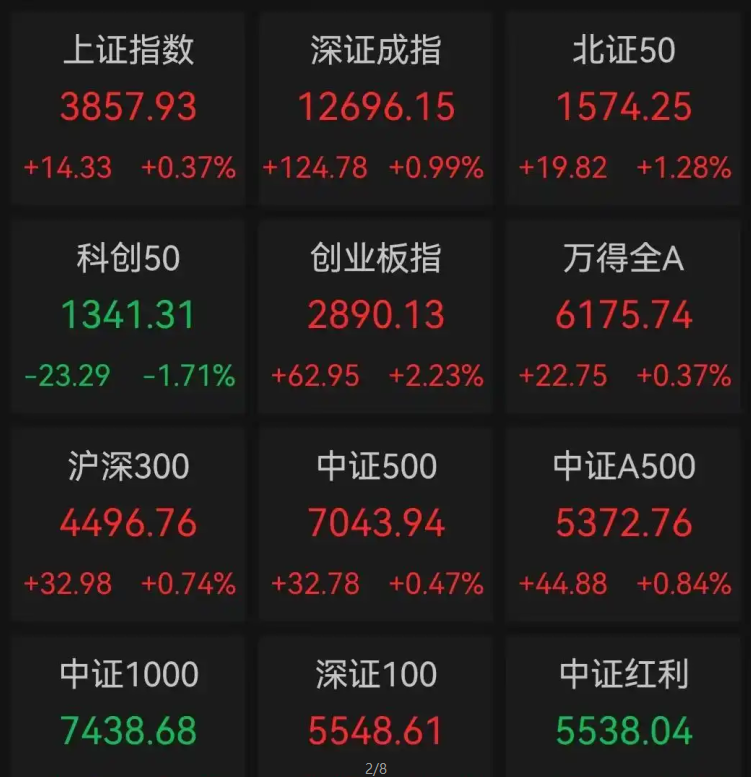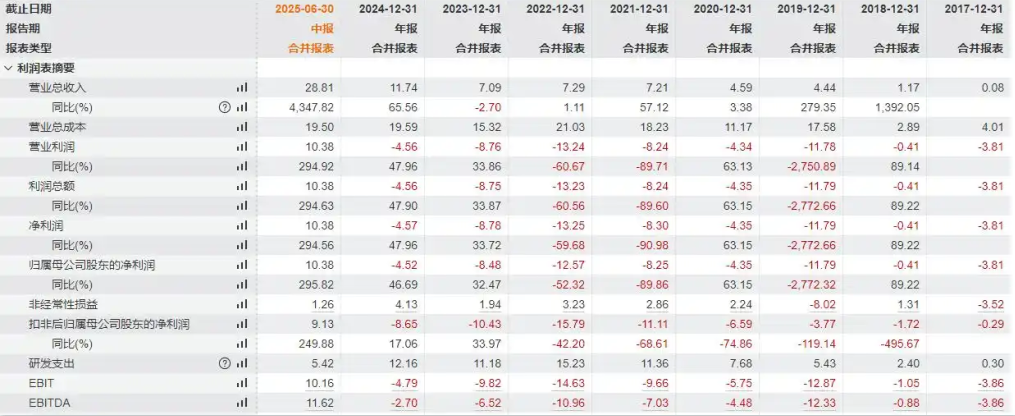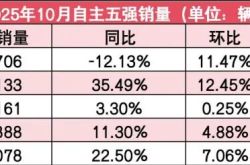Weekly Stock Review | Ending Kweichow Moutai's Nine-Year Dominance: How Did the 'Cool King' Ascend from Breaking the Issue Price to Becoming the Stock King?
![]() 09/05 2025
09/05 2025
![]() 407
407
On August 28, 2025, China's capital market witnessed a historic milestone. Propelled by the AI computing power boom, chip industry leader Cambricon closed at RMB 1,587.91, significantly surpassing Kweichow Moutai (RMB 1,446.1) and ending the latter's nine-year reign as the 'A-share Stock King'.
This transition between old and new market leaders not only signals a revaluation of technology over traditional consumer sectors but also mirrors the deeper logic of China's economic structural transformation.
However, many investors are curious: How did Cambricon achieve such a meteoric rise?
Public records reveal that Cambricon, formally known as China Science Cambricon Technology Co., Ltd., was established in March 2016 with its headquarters in Haidian District, Beijing. It was a collaborative effort between the Chen Tianshi team and the Institute of Computing Technology, Chinese Academy of Sciences. On July 20, 2020, it made its debut on the Science and Technology Innovation Board (STAR Market) with an issue price of RMB 64.39 per share. On its first trading day, the stock surged by 288%, reaching a high of RMB 250 and setting the record for the largest single-day gain on the STAR Market that year.

This AI chip enterprise, nurtured by the Chinese Academy of Sciences, became the 'First AI Chip Stock on the STAR Market,' attracting significant attention from the capital market with expectations of becoming the 'Chinese NVIDIA.' However, behind the glamour lay years of arduous R&D efforts. Over four years post-IPO, the company accumulated losses of RMB 4.87 billion, with its stock price plummeting to RMB 49.59 in October 2022, marking a 23% decline from its issue price.
The turning point arrived with the global AI revolution ignited by ChatGPT in 2023.
As domestic large language models such as DeepSeek and Wudao 3.0 surpassed the trillion-parameter threshold, Cambricon's Thinker series chips, with their energy efficiency advantage of 22.4 TOPS/W, swiftly became the preferred computing base for 80% of domestic large model training. This positioned Cambricon as one of the most important leading stocks in the A-share computing power sector.
Cambricon's latest interim report disclosed that in the first half of this year, its revenue surged by 4,347.82% year-on-year to RMB 2.881 billion, with net profit turning positive at RMB 1.038 billion. This performance inflection point acted as a catalyst for its stock price surge. Out of the RMB 3.985 billion raised funds, 87.9% was allocated to large model chip R&D, precisely aligning with the national 'East Data, West Computing' strategy. In 2024, the company received RMB 462 million in government subsidies, demonstrating significant policy support.
Cambricon stated that the substantial improvement in first-half performance was primarily attributable to sustained growth in AI computing demand. Leveraging its core AI chip advantages, the company continuously expanded its market presence and facilitated the deployment of large model applications.
Thus, from an external perspective, Cambricon's rapid stock price appreciation was not driven by a single factor but was the result of the synergistic effects of multiple elements, including fundamental expectations, market sentiment, capital flows, and policy dividends.
Shortly after hitting a new stock price high, Cambricon issued an announcement on the evening of August 28, noting that it had observed certain market predictions about its operating performance. Based on actual conditions, the company projected annual revenue of RMB 5 billion to 7 billion for 2025.
These forward-looking operating projections represent preliminary estimates by the company's management and do not constitute substantive commitments to any investors. Investors and relevant parties should maintain adequate risk awareness, understand the differences between plans, forecasts, and commitments, and exercise caution in their investment decisions.
In fact, when Cambricon's stock price broke through RMB 900 in mid-August, the company had already issued a risk reminder, stating that the stock price surge far exceeded relevant indices, accumulating significant profit-taking pressure. It also sternly clarified that market rumors about 'large orders' and 'revenue forecasts' were untrue, urging investors to exercise caution.

On August 29, Cambricon opened significantly lower, with afternoon losses expanding to 10%, closing down 6.01%.
'Cambricon's sharp morning decline on August 29 was primarily influenced by the company's own risk warnings and market sentiment. The pressure on the chip sector, with stocks like Northern Microelectronics and KingSemi following suit, was also related to the trading halt of chip sector leader SMIC for regulatory review,' a representative from a securities firm told reporters.
Nevertheless, Cambricon's ascent to become the new highest-priced stock on the A-share market, surpassing Kweichow Moutai, reflects market recognition of the AI sector's long-term potential. According to TrendForce projections, by 2025, local chip suppliers are expected to account for 40% of China's AI server market.
On the news front, the State Council issued guidelines for deepening the implementation of the 'AI Plus' initiative. By 2027, China aims to achieve widespread and deep integration of AI with six key sectors, with application penetration rates exceeding 70% for next-generation smart terminals and intelligent agents. The core industrial scale of the smart economy will grow rapidly, AI's role in public governance will significantly strengthen, and the AI open collaboration system will continue to improve.
By 2030, AI will fully empower high-quality development in China, with application penetration rates for next-generation smart terminals and intelligent agents surpassing 90%. The smart economy will become a crucial growth driver for China's economic development, promoting technological inclusivity and shared outcomes. By 2035, China will fully enter a new stage of smart economic and social development, providing strong support for achieving basic socialist modernization.

In 2025, as the DeepSeek-V3 large model topped global rankings with reasoning capabilities surpassing GPT-4, China's tech sector marked a historic moment. This AI system, developed by a local team, not only achieved original innovation in algorithmic architecture but also reached international leading levels in energy efficiency.
Nuo'an Fund stated that it expects more groundbreaking 'world-changing' innovations to emerge in China, 'This will transform global market expectations for Chinese tech assets, potentially triggering a systemic revaluation of Chinese tech valuations.'
CITIC Securities also noted that the current semiconductor cycle remains on an upward trajectory, with AI maintaining strong momentum and the pan-industrial sector entering recovery alongside consumer electronics.
Looking ahead, AI will remain the primary driver of semiconductor industry growth. On one hand, cloud-based AI demand persists; on the other, terminal AI applications are expected to accelerate. Chinese semiconductor firms stand to benefit significantly from subsequent AI industry developments. From an investment perspective, two main themes emerge: cloud-side opportunities in domestic substitution and terminal-side growth from downstream demand.

While market enthusiasm for the tech sector remains high, voices of caution have emerged regarding Cambricon's lofty stock price and valuation.
Industry insiders argue, 'The current relative stock price is not low. For investors, maintaining risk control while adopting a rational investment approach based on thorough enterprise analysis is crucial in navigating the current market.'
'As one of the few AI chip firms on the A-share market, Cambricon still faces competition from imported chips. Can it sustain future performance? Can it leverage its technological edge to expand market share? Significant uncertainties remain. Investors should be wary of short-term overvaluation risks,' warned Zhang Gang, Chief Investment Advisor at Southwest Securities.

After all, while Cambricon's stock price remains robust, its transformation into 'China's NVIDIA' hinges on expanding application scenarios, building a robust developer ecosystem, and overcoming high-end manufacturing bottlenecks.
Meanwhile, the A-share market exhibited a unilateral upward trend this month, with all three major indices posting significant gains. The ChiNext Index surged over 24%, the Shanghai Composite Index breached 3,800 points to reach a 10-year high, and the STAR 50 Index jumped 28%.
Regarding future trends, industry experts believe tech stocks will remain the market's focal point. Investors with a higher risk tolerance may maintain positions in AI but should be mindful of trading rhythms. Those with a lower risk appetite could consider post-correction sectors like innovative pharmaceuticals and robotics. Conservative investors might opt to exit temporarily, awaiting major September events.
Note: Image sources are from the internet. Please contact us for removal if there is any infringement.
-END-





